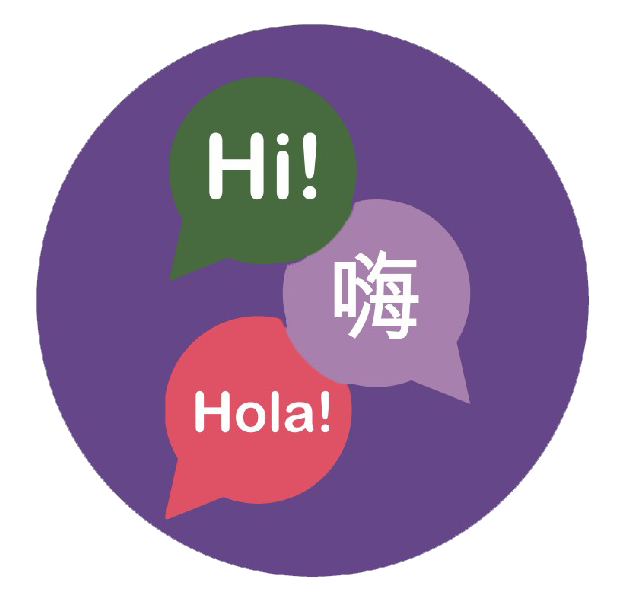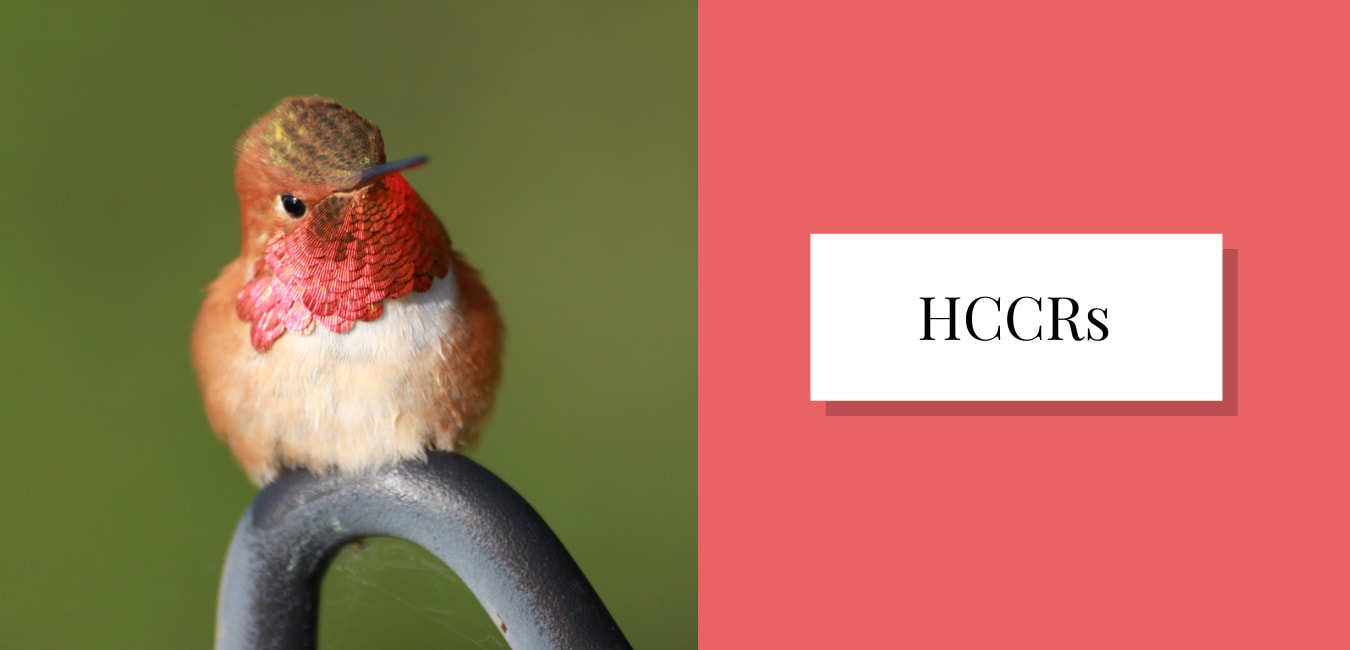Hummingbird Conservation Communities and Reserves (HCCRs) is HCNs’ new program that integrates community-based conservation ideas into our science-based beginning and encourages public involvement in hummingbird conservation practices. Four communities—one in each of Mexico, Guatemala, Ecuador, and Peru--will be part of this beginning. Partners in these communities and regions are interested in developing mutually beneficial activities that help address key conservation issues for hummingbirds, such as discovering and addressing conservation needs of threatened hummingbird species, restoring habitats to minimize adverse effects of habitat loss and fragmentation on hummingbird diversity; improving floral resources to mitigate pollination disruption, and improve food sovereignty of crops pollinated by hummingbirds.
HCCRs’ ultimate goals are to develop a sustainable model for hummingbird habitat conservation while promoting beneficial activities for communities and developing revenue streams for funding community conservation actions. Five programs are being developed to help accomplish the aforementioned goals. They include:
Key next steps include:
The greatest strength of HCNs will be to help fill the gap in conservation practice. Today, conservation is often accomplished either with large organizations or at the community level. In contrast, our aim is to provide resources, services, and opportunities that connect communities on a single conservation issue and support activities at the community level. It’s the creation of ecosystem conservation networks of partners, service providers, communities, and reserves that will allow for landscape impact through community level conservation.
HCCRs’ ultimate goals are to develop a sustainable model for hummingbird habitat conservation while promoting beneficial activities for communities and developing revenue streams for funding community conservation actions. Five programs are being developed to help accomplish the aforementioned goals. They include:
- Monitoring programs to identify habitat and nectar resources used throughout the year
- Field research programs to determine ecological and social threats
- Community restoration activities, including support for local nurseries to incorporate native nectar plants in their businesses to promote sources of native plants available for use in land recovery
- Outreach and educational activities that promote the care and respect for nature
- Partner engagement for creating community-based natural businesses
Key next steps include:
- Sponsoring Magic Wings Festivals to celebrate hummingbird diversity, celebrating the art, stories, and crafts of cultures who live with hummingbirds, and introduce HCCRs and participating communities.
- Training community members, researchers, and students in hummingbird study and monitoring methods. Topics include Hummingbird Reproduction, Nectar and Floral Resources, Habitat Measurements, Hummingbird Inventory and Monitoring, Plant Cultivation, Habitat Restoration, and Insect Resources.
- Sponsoring science and partner meetings.
- Building greater capacity for Paraíso Colibrí nursery to provide resources and services that help collaborating nurseries offer native hummingbird-visited plants to gardens and restoration efforts.
- Hiring community members to monitor and quantify hummingbird responses and floral resources use.
The greatest strength of HCNs will be to help fill the gap in conservation practice. Today, conservation is often accomplished either with large organizations or at the community level. In contrast, our aim is to provide resources, services, and opportunities that connect communities on a single conservation issue and support activities at the community level. It’s the creation of ecosystem conservation networks of partners, service providers, communities, and reserves that will allow for landscape impact through community level conservation.



